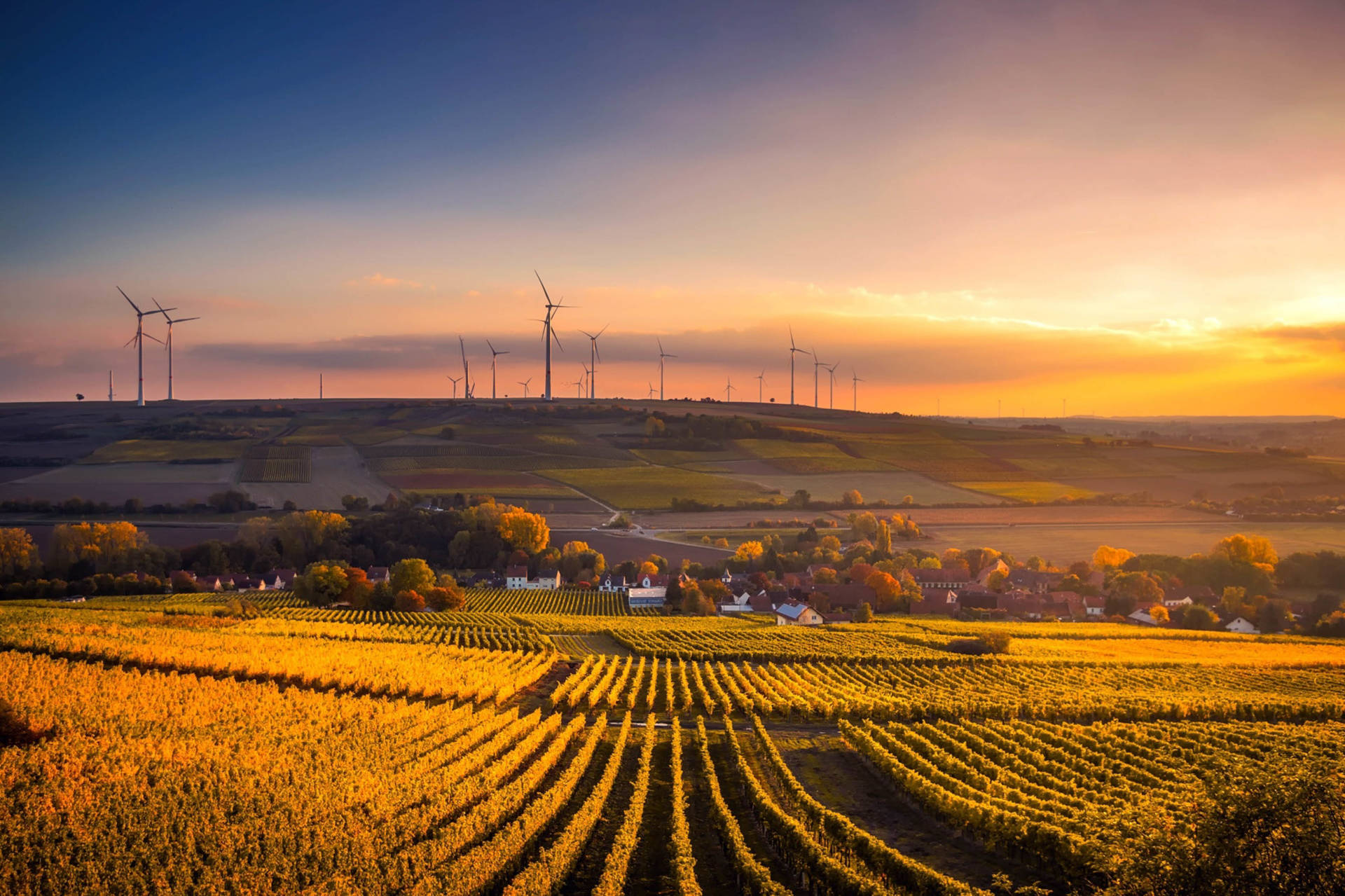Why you should look for cost transparency when selling your energy through a PPA
Hidden charges in power purchase agreements (PPAs), such as Data Collection and Data Aggregation costs, can lead to seemingly misleading power purchase prices. Find out what you should be looking out for when selling your renewable electricity.

PPAs form an important part of the UK’s energy mix. They support local communities through the supply of renewable energy, helping to take the pressure off the grid and improving energy efficiency within the region. They also provide businesses with an additional revenue source and a means to build upon their sustainability credentials.
Different suppliers will offer their own terms and conditions for PPAs. However, there are a few core features that all good PPAs share.
They should accurately reflect the current market price, have clear payment terms, and be easily understood by both parties. There should also be a clear point of contact for any queries or issues.
“While generators have a lot of choice when it comes to who to partner with, not all suppliers charge in the same way. This can lead to discovering hidden costs later down the line”
Embedded Benefits are also an important component, as these usually make up around 30% of a total PPA rate. These are the added extras for exporting onto the grid, rather than importing. They’re paid by the Distribution Network Operator (DNO) to the supplier, who then passes this on to the exporter. Embedded Benefits can be fixed or variable depending on the type of contract.
The challenge for generators looking to enter a PPA is that there’s a lot of choice when it comes to which supplier to partner with. While this gives generators a greater choice of potential contracts, not all suppliers charge in the same way. This can lead to discovering hidden costs later down the line.
What charges do you need to look out for?
One charge that generators need to watch out for is Data Collection and Data Aggregation (DCDA) costs. This lesser-known charge, which covers the cost of onsite data collection, is often not reflected in the initial price. Fees can be around £200 to £300 per annum, which can make a big difference. Good suppliers will include this cost upfront, but it’s sensible to ask about this before signing a new contract.
Generators should also know about Distribution Network Operator (DNO) costs, which are charged for use of, and connection to, the distribution system. These tend to be standard across the board but it’s worth looking out for these in the small print.
“Good suppliers will provide all information upfront to provide a totally transparent power purchase price. But it’s always advisable for generators to do their research into hidden costs and customer service.”
Price for the electricity generated and being paid on time continue to be two of the most important considerations for generators looking to set up a PPA. But in the absence of full cost transparency, they run the risk of losing out in the longer term. Good suppliers will provide this information upfront to provide a totally transparent power purchase price. But in all cases, it’s advisable for generators to do their research into potential hidden costs and the level of customer service as these will ultimately result in the best deal.
At Drax, we’re supporting the UK’s transition to a more sustainable future and helping more than 2,300 generators across Great Britain get a route to market.
Download PPA Guide

